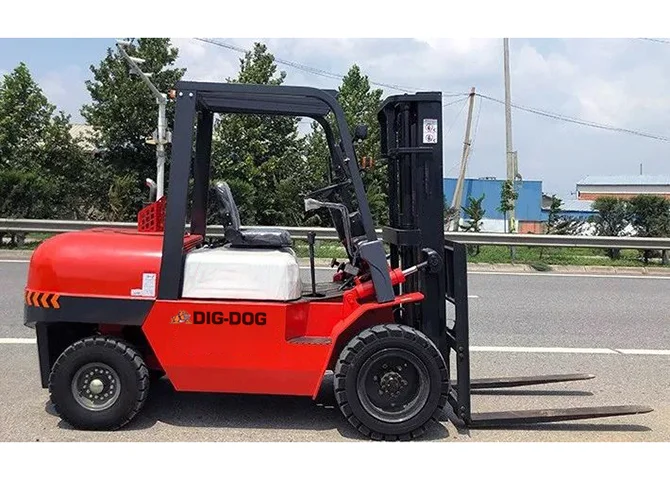Excavators, which can weigh 30,000 or 40,000 pounds or more, are the behemoths of construction sites and deliver maximum digging power. But their smaller siblings, mini excavators, make up for in versatility what they lack in size.
Mini excavators, also known as compact excavators, small excavators or trackhoes, occupy the 3,000-pound to 18,000-plus-pound niche that lends itself to small or medium landscaping, digging, trenching and drilling projects. A plethora of attachment options that go beyond the standard bucket and blade further enhance their utility.
Benefits of using a mini excavator include the following:
l Small and compact, yet powerful
l Compact swing for tight workspaces
l Useful in less than ideal terrain
Because they feature a single arm and their booms have a compact swing, mini excavators have a smaller work footprint than a backhoe, so they can work in tighter spaces. Reduced tail swing mini excavators, ideal for work in between buildings, and models with retractable undercarriages allow for extra maneuverability. The larger capacity of a mini excavator compared to a skid steer allows it to do digging, demolition and trenching work a skid steer can’t.
Mini excavators can feature tracks or wheels. Mini excavators with rubber tracks can handle wet and muddy terrain, unlike wheeled skid steers. The smallest mini excavators have 40-inch track widths that allow access to almost any space. Towing is easy with a regular hitch, trailer and ¾-ton pickup for most mini excavator models.
When it comes to digging, a 3,000-3,999 pound mini excavator can dig a 7.8-foot-deep hole, while 7,000-9,999 pound excavators can dig as deep as 10.2 feet.
Mini excavators at the largest end of the scale, like this 18,000-pound mini excavator, can tackle jobs that require more power, such as deeper utility trenching, demolition or moving earth for footings or pools.
Examples of projects a mini excavator can help you accomplish include:
Installing pools and hot tubs. Mini excavators are the perfect solution for digging out in-ground pools or hot tubs, even in the smallest of backyards. The machine’s maneuverability and power, coupled with precision handling, make it a go-to for residential earthworks.
Repairing sewer lines. Mini excavators allow operators to efficiently move dirt when repairing sewer lines, as well as fit in tight spots near structures. After the repair is completed, they be used to level the yard using an attachment such as a dozer blade.
Tree installation/removal. A mini excavator can make quick work of digging holes for tree transplants, and then backfill over the root ball. With the right attachments it can remove even larger trees. A thumb grapple attachment is handy for digging up stumps.
Demolishing small structures. Barns, sheds, or other structures can all be taken down using a mini excavator. The machine can also be used to load debris onto the back of a trailer for disposal.
Drilling for posts, drainage or landscaping. Using an auger attachment, mini excavators can easily drill deep into soil or concrete for installing fence posts, road signage or trees.


When sitting next to a full-size excavator, a mini excavator may seem like a toy, but one of these “toys” may be just what your next project calls for.
 BONOVO Group at INTERMAT 2024 Paris Exhibiton
BONOVO Group at INTERMAT 2024 Paris Exhibiton
 A Ultimate Guide to Clamp Forklifts and Attachments
A Ultimate Guide to Clamp Forklifts and Attachments
 How To Choose The Right Compact Wheel Loader
How To Choose The Right Compact Wheel Loader
 How Much Does a Forklift Weigh?
How Much Does a Forklift Weigh?